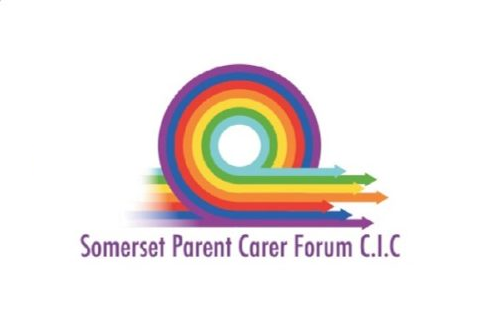About
There are good reasons both for and against having an assessment when there are concerns. Some young people and families may not want one. They might worry about being labelled or feel nervous about the stigma of a diagnosis.
But having an Autism or ADHD assessment can also be helpful. It can help a young adult understand themselves better. It can also help others (like parents, teachers, or health and social care workers) understand and support them. This support can include help at school, college, or work, such as reasonable adjustments under the Equality Act (2010).
An autism and/or ADHD assessment and diagnosis can also help make sure that differences linked to Autism or ADHD are not misunderstood in adult mental health settings (such as Borderline Personality Disorder).
Young adults who want an assessment can go through the medical route. In Somerset, this means:
- Somerset Adult Autism Spectrum Service (SASS) for autism
- Somerset Adult ADHD Service (SAAS) for ADHD
These are two different services who have differing wait times and assessment processes.
Turning 18 whilst waiting for an assessment
Our CYPNP transition lead checks our waiting list to see who is turning 18. When someone turns 18, we move them to the adult services (mentioned above) in the month of their birthday. The services have agreed to honour the date that the young person was accepted for an assessment with us.
If someone turns 18 after starting their assessment with the CYPNP , we will continue and complete the assessment.




